According to the National Children's Hospital, osteogenesis imperfecta (brittle bone) is a condition in which bones are brittle and easily broken, and bone formation is incomplete. Brittle bone is a disease caused by genetic damage that affects bone structure, making bones brittle and easily deformed and broken.
Most people are born with the disease. The disease tends to affect both sexes equally.
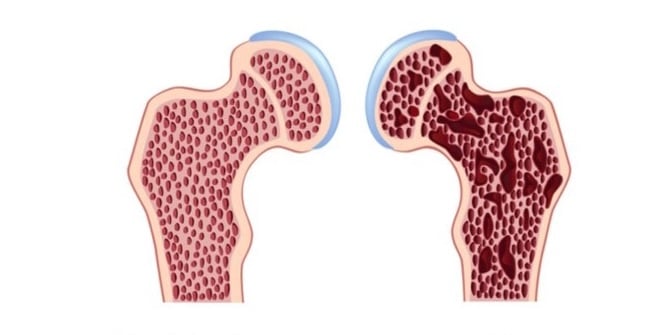
Brittle bone disease is a rare disease with an incidence of 1/20,000.
Brittle bone disease has an incidence of about 1/20,000, and there are 4 types. Each type has different symptoms but they all have one thing in common: bones that break easily.
In addition, there are some common signs such as: easy nosebleeds, frequent bruising, heavy bleeding after injury, damaged skin, muscle weakness...
Brittle bone disease cannot be completely cured, but symptoms can be reduced and there are some methods to limit bone fractures; use medication (antibiotics, anti-inflammatory to prevent bone fractures, reduce pain, limit spinal curvature).
Usually, the signs of this disease can be improved through treatment, along with reasonable and scientific care; acupuncture rehabilitation to increase bone and joint strength and increase bone flexibility.
In addition, patients need to eat foods rich in vitamins K, D, and calcium and do appropriate exercises; absolutely abstain from stimulants to protect health and limit possible dangerous situations.
To slow down the progression of the disease, people with brittle bone disease can swim. This is the best method of exercising the whole body and is very suitable for people with brittle bone disease. Because exercising in water will greatly reduce the possibility of bone fractures.
To detect brittle bone disease early, parents can perform genetic testing or ultrasound while still pregnant.
Source link




![[Photo] "Beauties" participate in the parade rehearsal at Bien Hoa airport](https://vstatic.vietnam.vn/vietnam/resource/IMAGE/2025/4/11/155502af3384431e918de0e2e585d13a)

![[Photo] Looking back at the impressive moments of the Vietnamese rescue team in Myanmar](https://vstatic.vietnam.vn/vietnam/resource/IMAGE/2025/4/11/5623ca902a934e19b604c718265249d0)



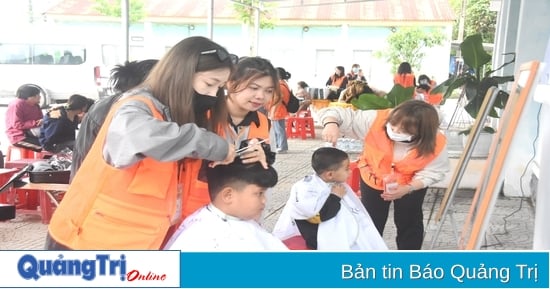








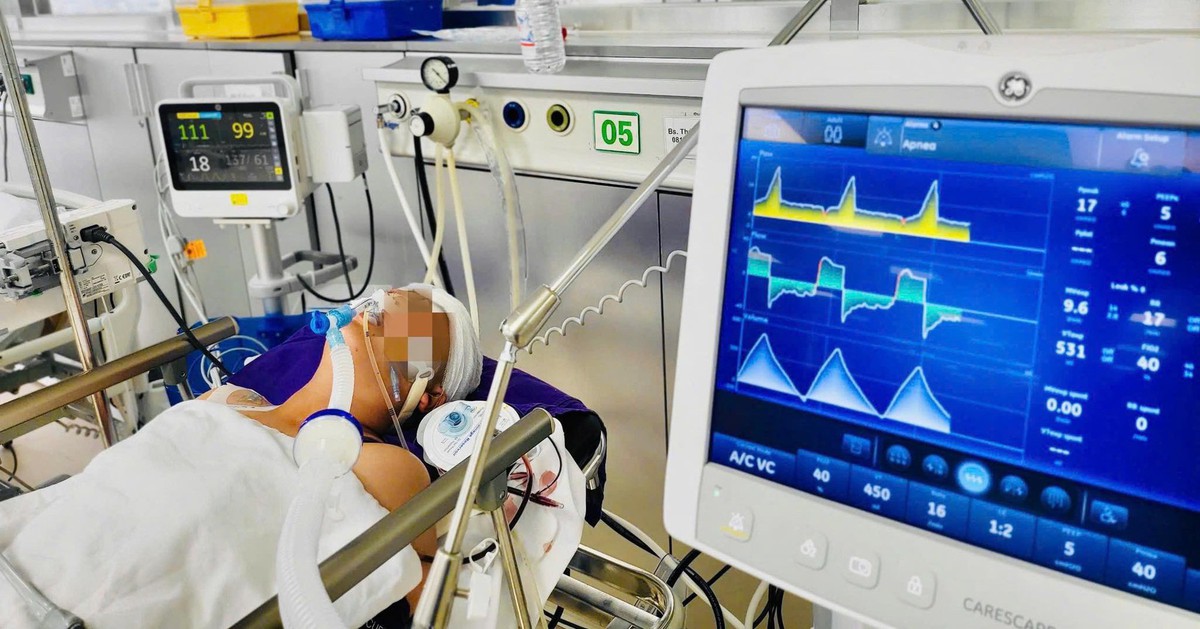
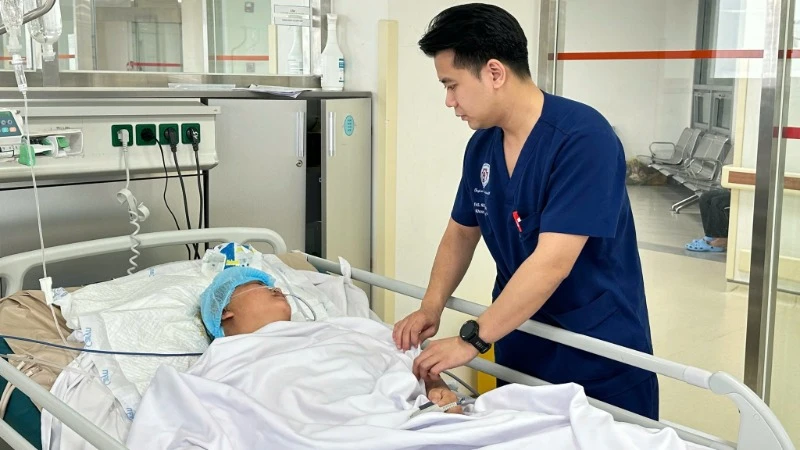
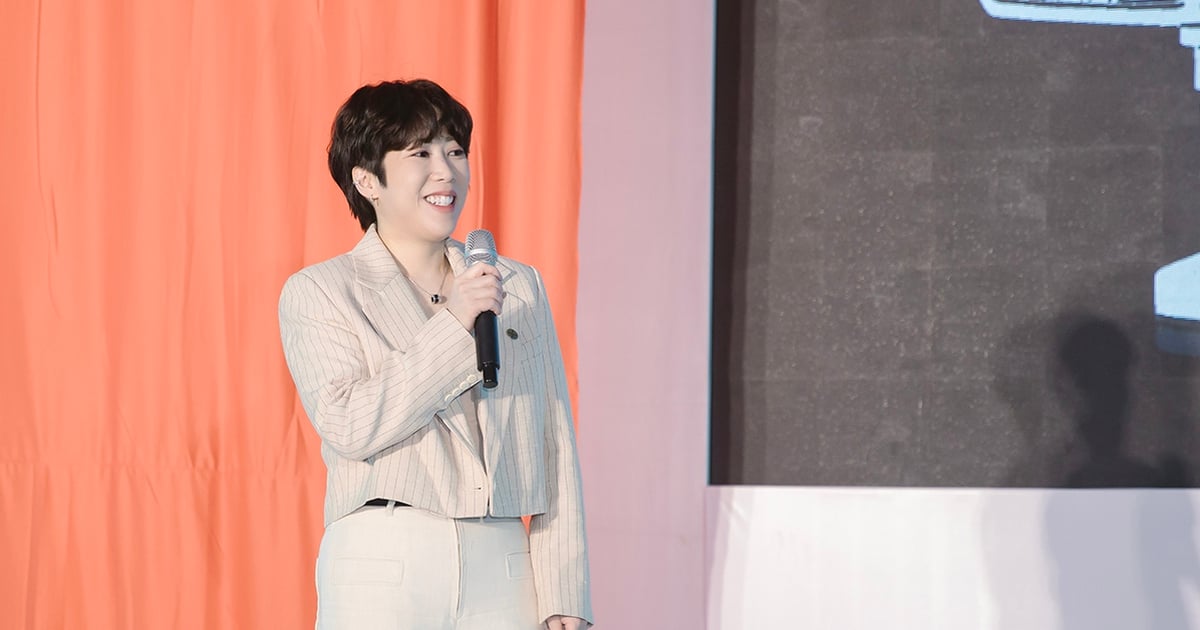
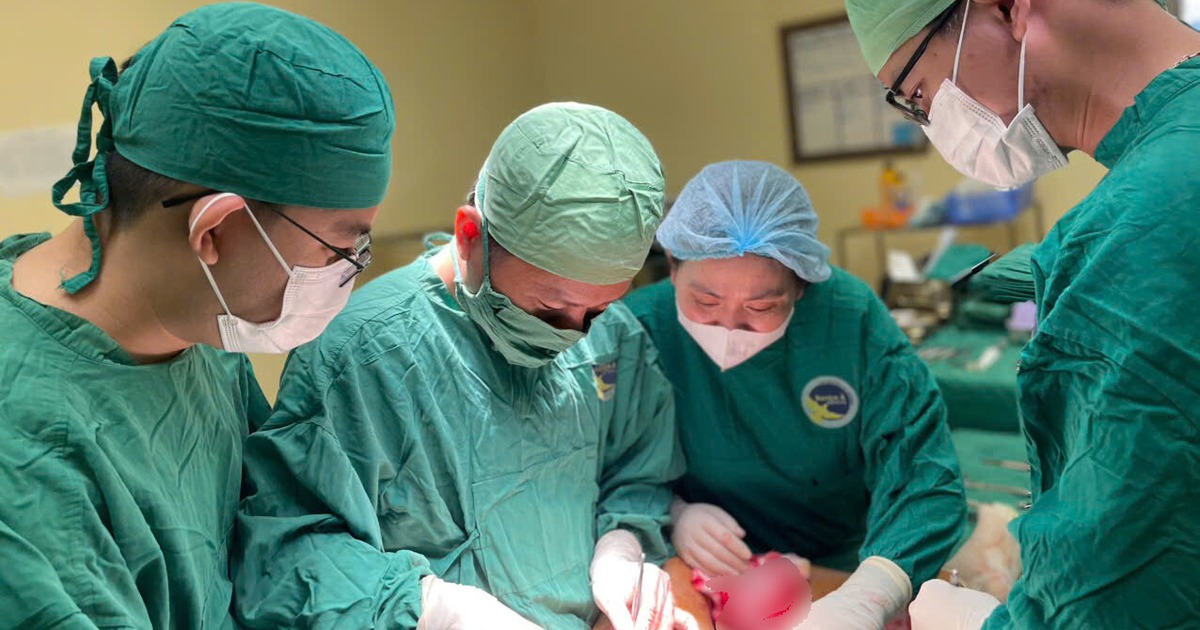
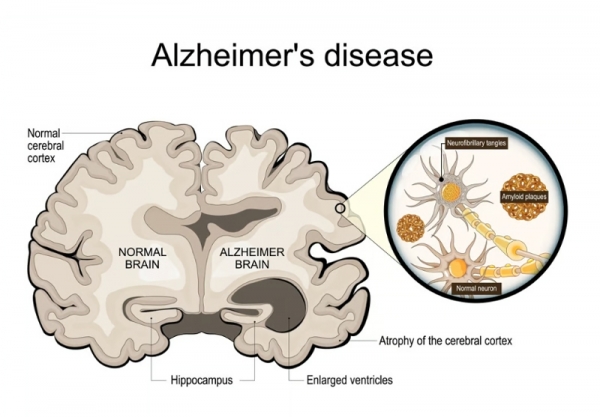


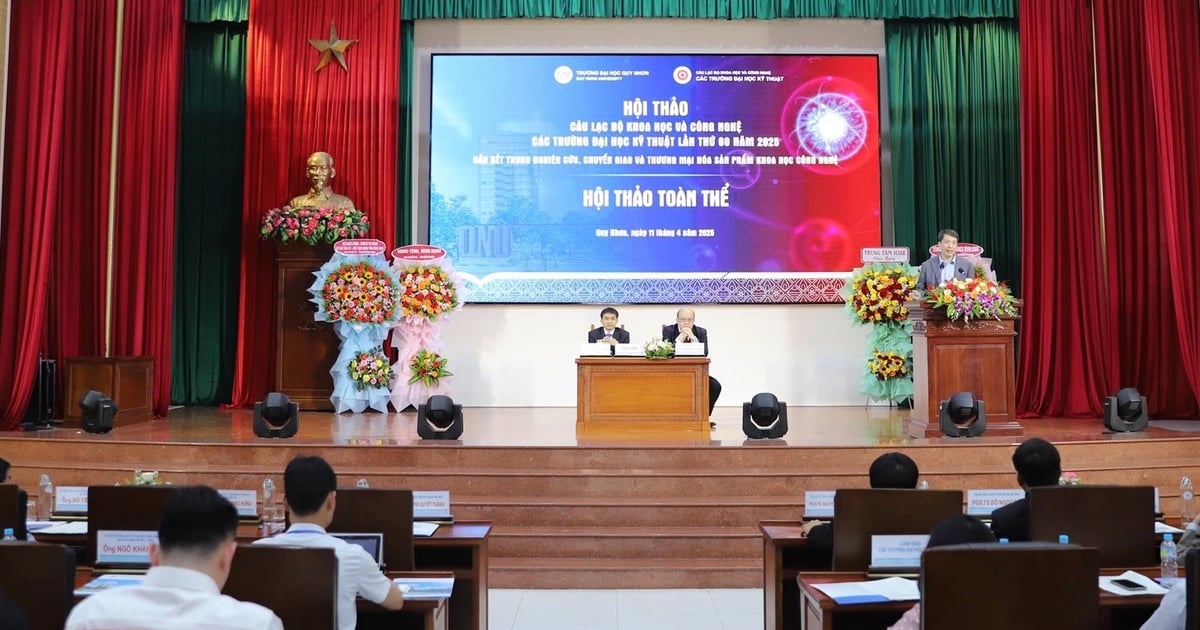


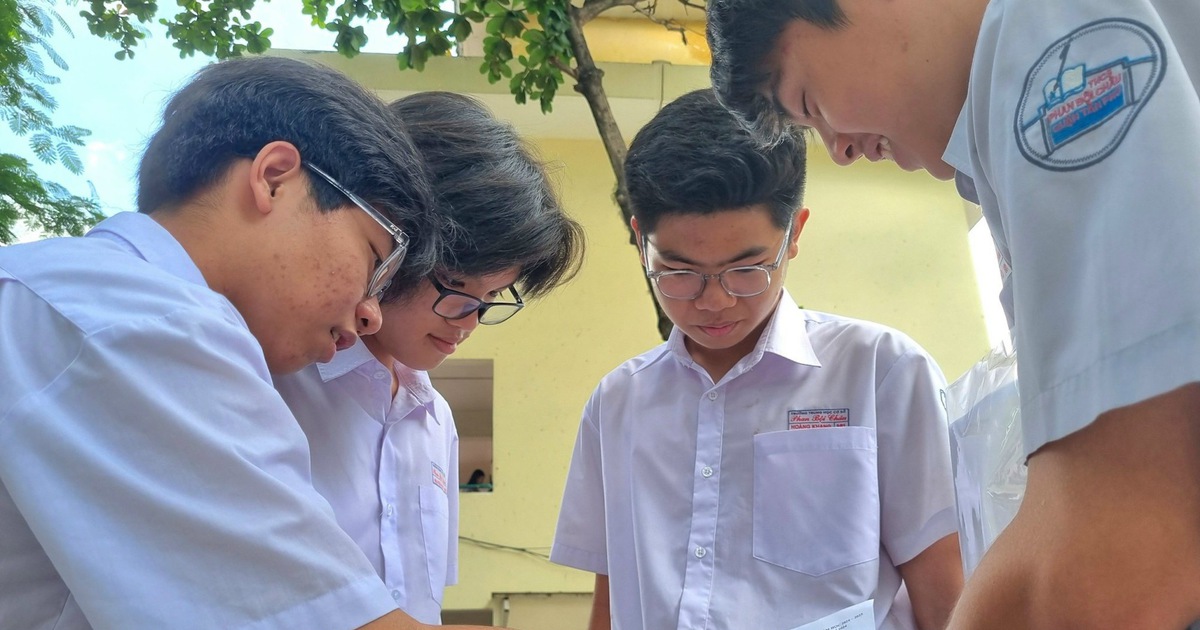



![[Photo] Summary of parade practice in preparation for the April 30th celebration](https://vstatic.vietnam.vn/vietnam/resource/IMAGE/2025/4/11/78cfee0f2cc045b387ff1a4362b5950f)



















































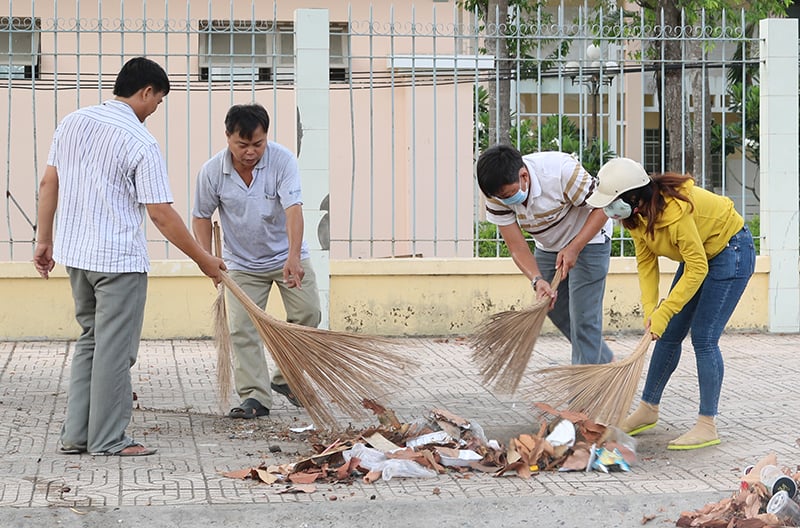










Comment (0)